The Ford Torino Talladega doesn’t always get mentioned in the same breath as the Charger Daytona or the Superbird, but make no mistake—it was the car that forced NASCAR to rethink the rules. Built for one purpose and one purpose only—to win on high-speed tracks like Daytona and Talladega—it marked a sharp turn in how race teams approached aerodynamics and homologation.
This wasn’t some flashy showroom muscle car. It was subtle, purpose-built, and loaded with small changes that made a big difference where it counted—on the track. Here’s the real story behind the Talladega and why it mattered.
It Was Built to Win at Superspeedways

The Talladega wasn’t made for showroom appeal—it was built to slip through the air better than anything Ford had before. NASCAR’s high-speed ovals like Daytona and Talladega demanded a cleaner body, so Ford extended the front end and tucked in the grille using a modified rear bumper from a Fairlane.
This wasn’t a cosmetic job. The revised nose and flush-mounted details dropped drag significantly, giving Ford a real edge. The stock 1969 Torino just couldn’t keep up anymore, so Ford crafted the Talladega with one purpose: beat the Mopars at their own game.
The Front Bumper Was Actually the Back Bumper
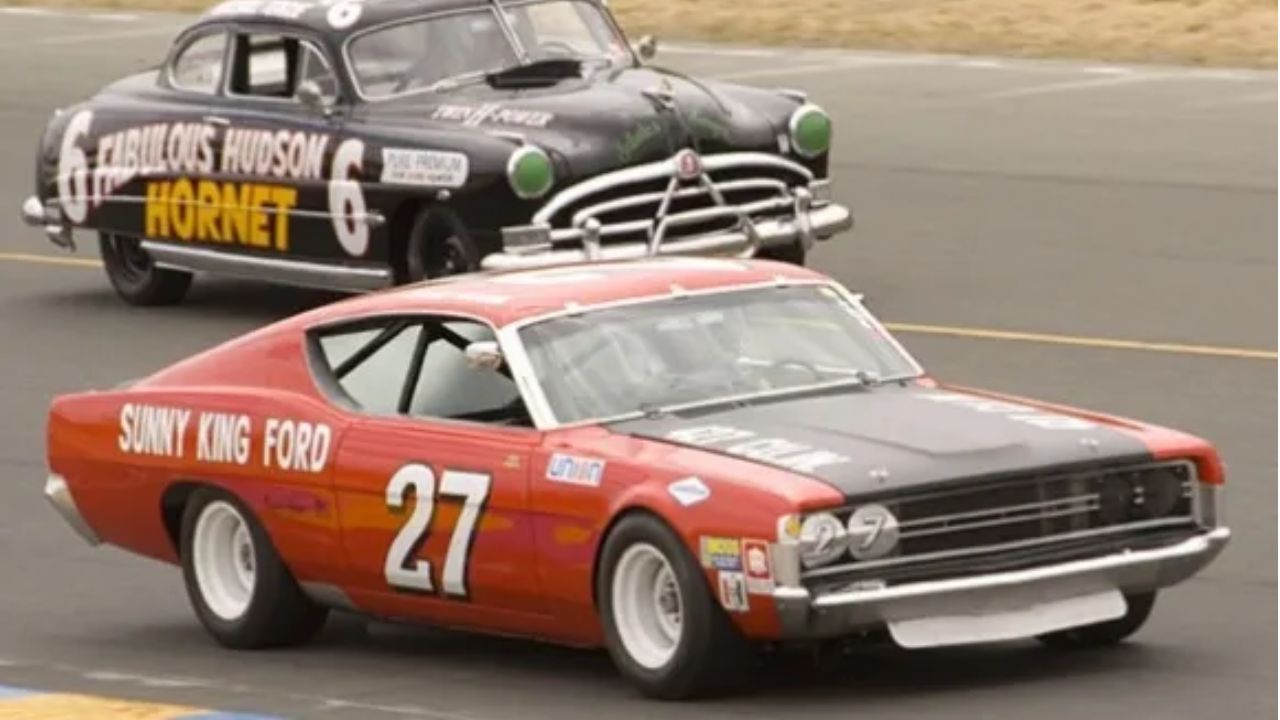
One of the most clever details on the Talladega was the front bumper—it was taken from the rear of a 1969 Ford Fairlane. The rear bumper had a better shape for aerodynamics, so Ford flipped the idea and reshaped it to wrap into the fenders.
This flush-fit setup eliminated the usual grille lip and kept airflow tight across the front. It wasn’t about looks—it was pure function. Combined with the stretched nose, this move helped Ford shave valuable seconds off lap times and made the car more stable at 190 mph.
It Used the 428 Cobra Jet—But Not the Drag Pack
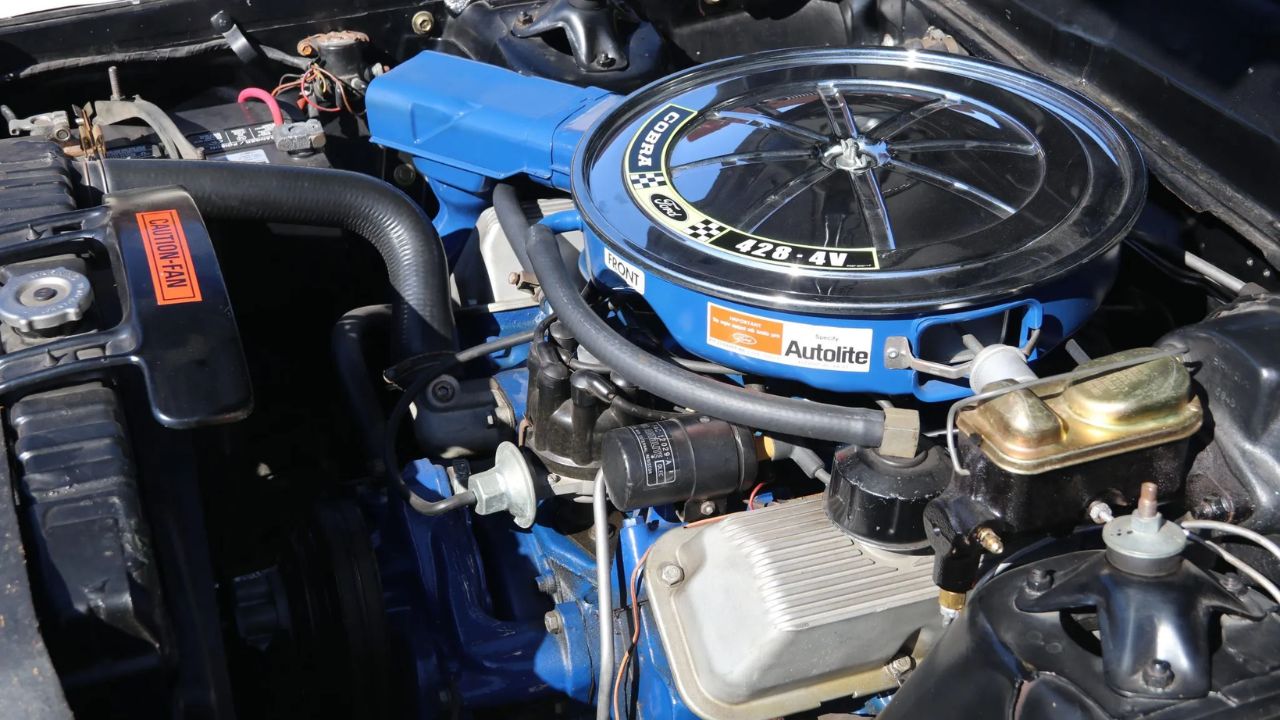
Every Talladega came with the 428 Cobra Jet V8, but Ford skipped the Drag Pack option. That means no oil cooler and a standard 3.25 rear gear, which worked fine for street use but wasn’t the max-performance setup.
The CJ motor still made plenty of torque—around 440 lb-ft—and was backed by a C6 automatic transmission. Most were column-shift cars with bench seats. Despite its racing roots, the production version was fairly tame under the skin, built more for homologation than weekend drag runs.
Only About 750 Were Ever Built
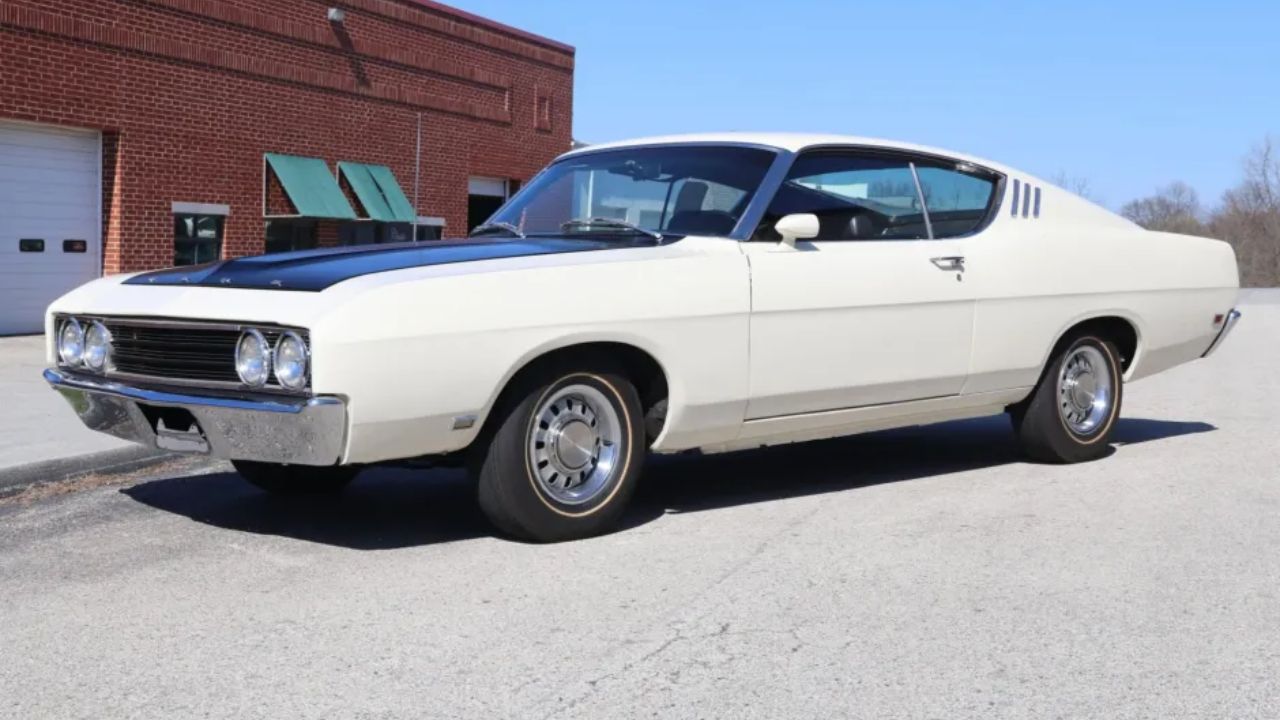
To meet NASCAR’s homologation rules, Ford had to build at least 500 units for public sale—but they went slightly beyond that, producing just over 750 Talladegas in total. That includes a few pilot and pre-production models.
Most of these cars were pretty much identical—Wimbledon White, Presidential Blue, or Royal Maroon with black interiors. Options were minimal, and many were built on existing Fairlane 500 chassis. These cars weren’t designed to be collectibles; they were made to get Ford into the race with the right equipment.
It Rode on Heavy-Duty Police Suspension
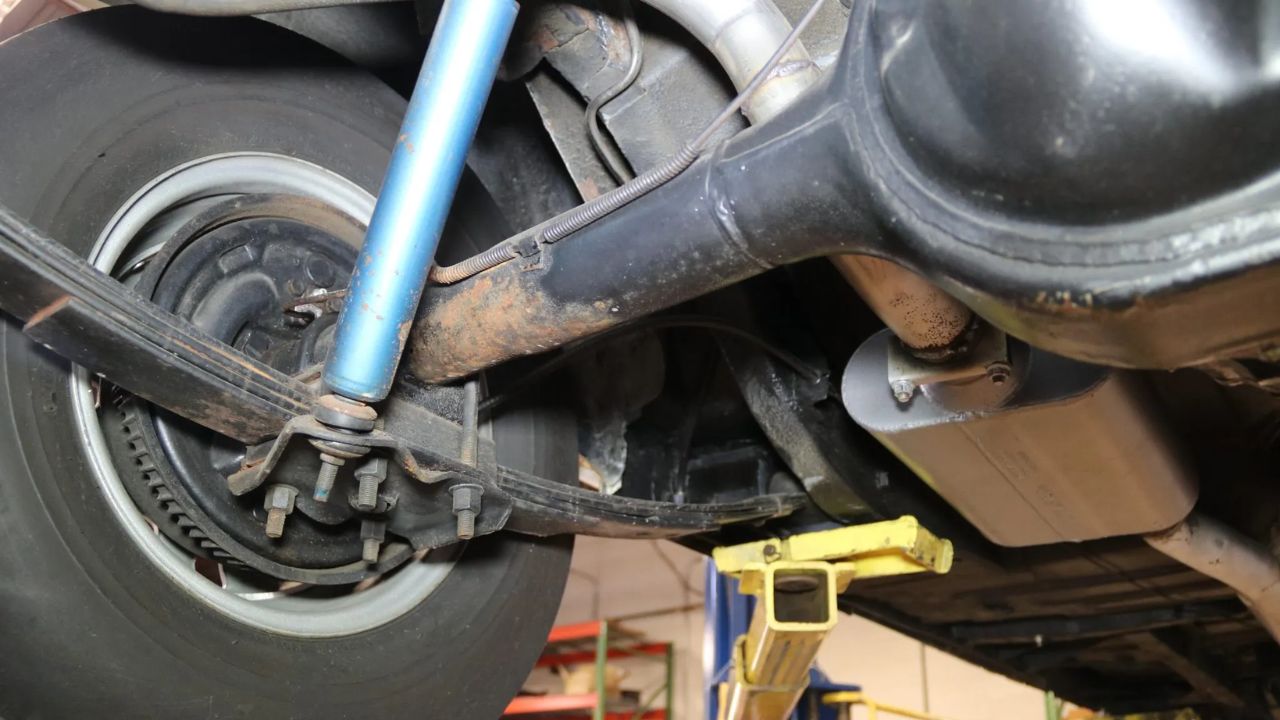
Under the skin, the Talladega borrowed parts from Ford’s police car package. That meant stiffer front coils, reinforced control arms, and heavy-duty shocks. The rear kept the leaf spring setup, but with upgraded components to handle the extra strain of high-speed work.
This gave the Talladega a planted feel, especially on long, fast corners. It wasn’t built to carve up backroads, but it stayed composed at speed—exactly what NASCAR needed on the massive superspeedways. Ford didn’t mess around when it came to keeping this car glued to the pavement.
The Rear Wheel Wells Were Hand-Rolled
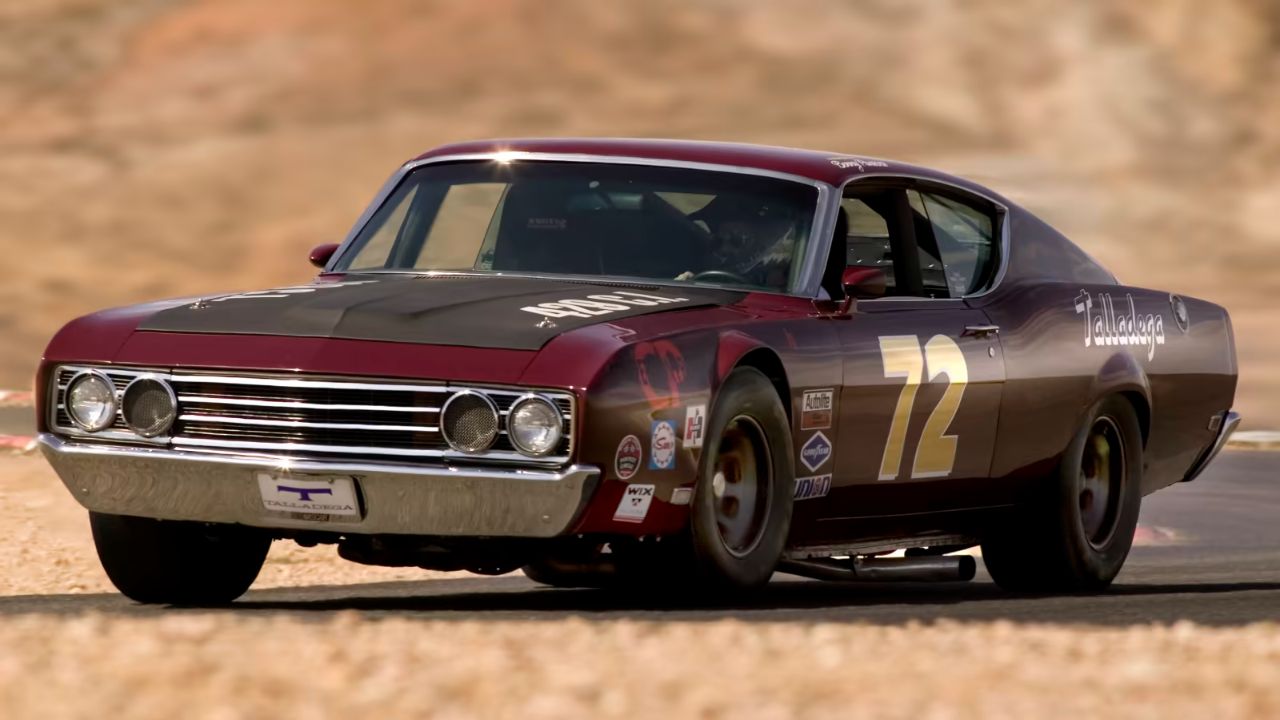
To make the Talladega work with its wider rear tires, Ford had to roll the lip of the rear wheel wells by hand. This wasn’t something the factory had a machine for—it took manual labor to reshape each one.
This little detail made room for wider rubber, helping with traction on and off the track. It’s a subtle feature you’d miss unless you’re looking for it, but it tells you how far Ford went to get everything just right. Even small things added up to performance gains.
It Was Built at a Single Plant—Atlanta
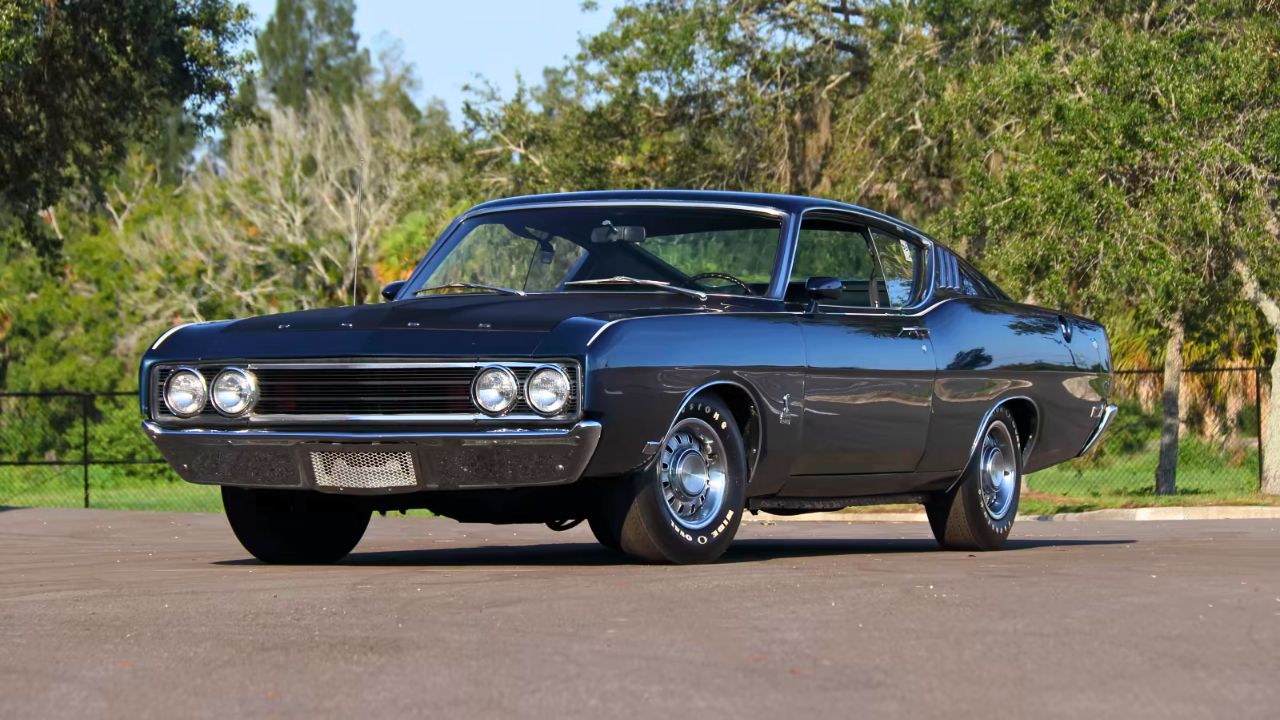
All production Talladegas were built at Ford’s Atlanta assembly plant in Hapeville, Georgia. This plant wasn’t known for specialty builds, but it was chosen because it had the flexibility to handle the unique tweaks the Talladega needed.
From reshaping fenders to hand-working wheel wells, everything happened at this one location. The limited run and specific body changes made it easier to control quality and consistency. Once NASCAR inspected the cars, they were officially homologated and eligible for race duty by the 1969 season.
NASCAR Versions Had a Different Front Suspension
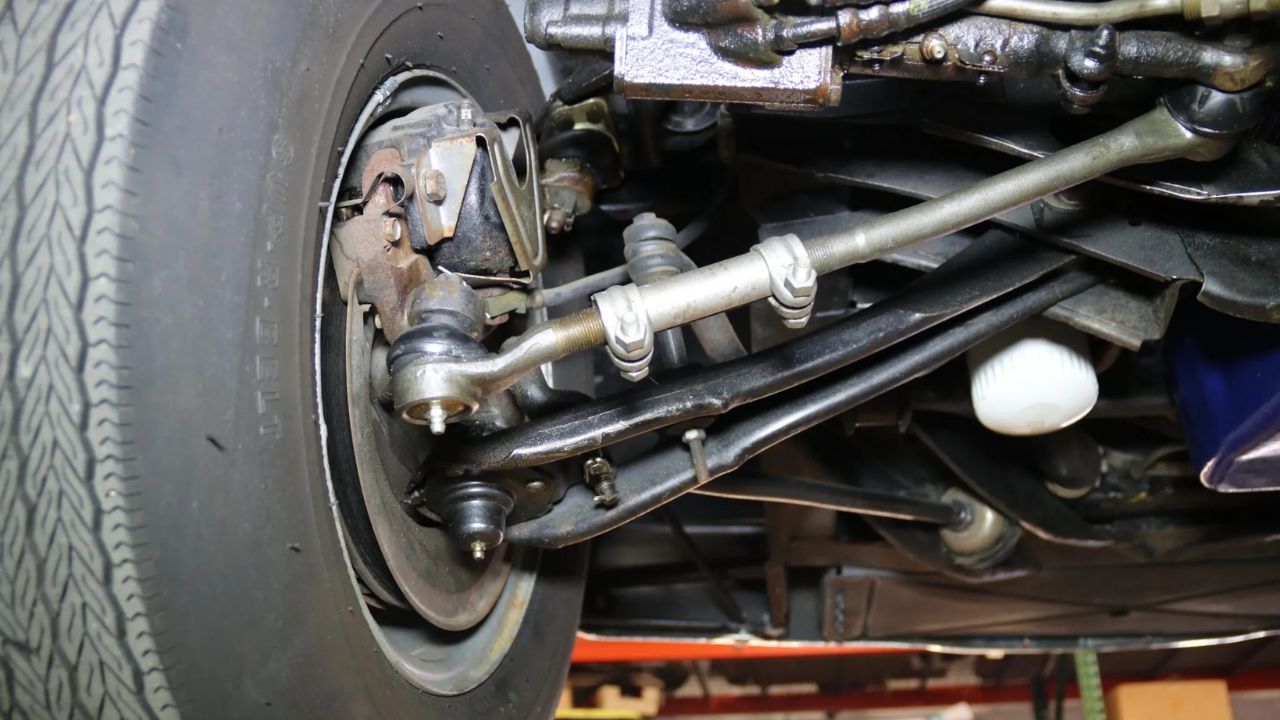
While street versions used Ford’s standard setup, the race-spec Talladegas got a reworked front suspension. Teams ran a lowered front end with revised geometry to get better high-speed balance and downforce.
The altered setup wasn’t part of the production model, but it made the car a beast on superspeedways. The low nose and increased caster angle helped it track straighter at full tilt, while bigger sway bars kept the chassis stable over long stints. NASCAR teams fine-tuned it for the edge they needed.
It Beat the Aero Mopars—Until They Went Wilder
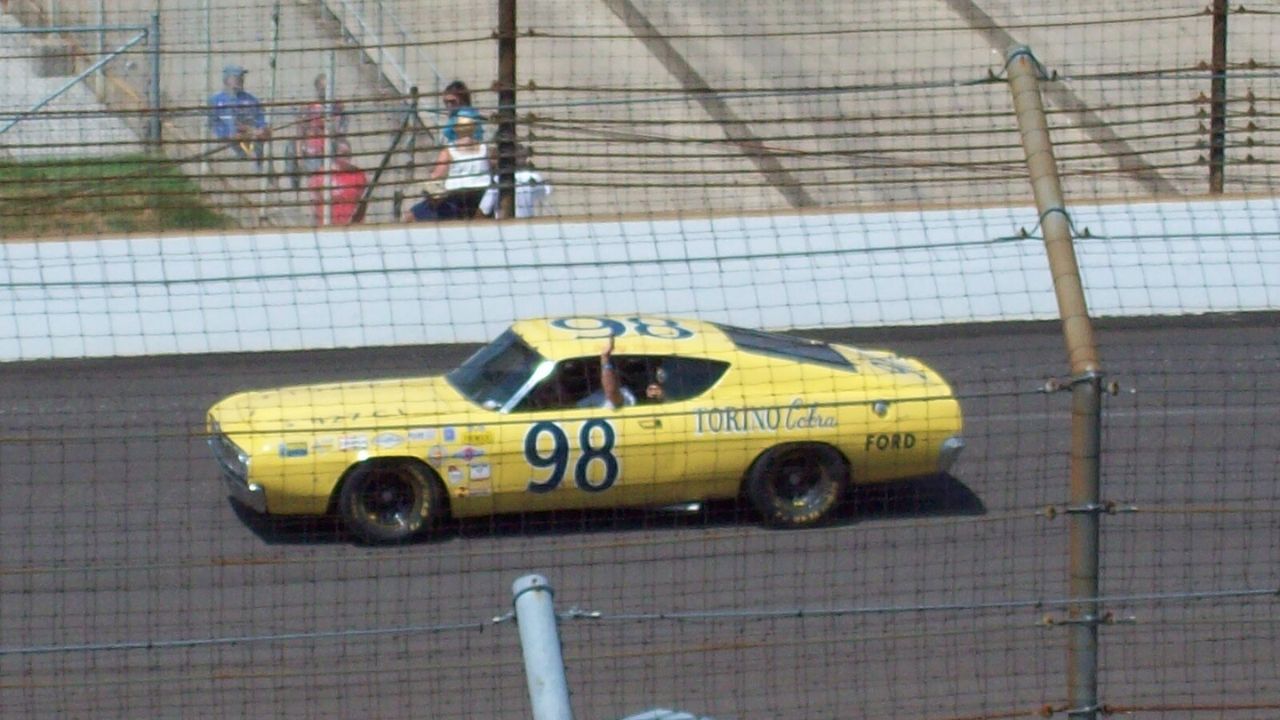
The Talladega made an immediate impact in NASCAR, helping Ford win 29 races in 1969. But it didn’t take long for Dodge and Plymouth to respond with the Charger Daytona and Superbird—cars with even more extreme aero packages.
These winged machines pushed things further with pointed noses and towering rear spoilers. The Talladega, while cleaner than most cars, couldn’t match that kind of aero advantage in the long run. Still, it forced the rulebook to evolve and marked a turning point in NASCAR’s speed war.
It Led to NASCAR’s Aero Rules Reset
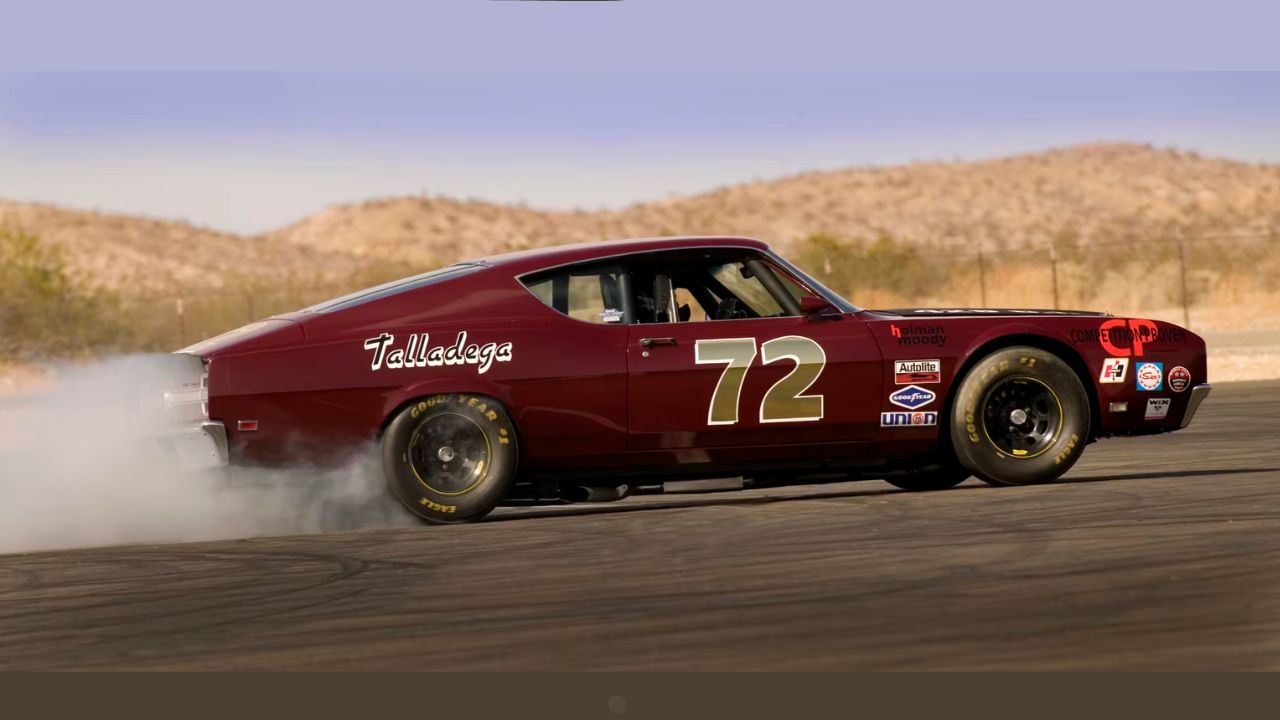
After just one season, the aero wars got out of hand. NASCAR saw speeds soaring past 200 mph, and safety was starting to take a back seat. The Talladega—and later the Daytona and Superbird—pushed things too far for the governing body.
By 1971, NASCAR imposed new rules that made cars like the Talladega obsolete. Engine restrictions and body shape limitations pulled the plug on the aero era. But the Talladega’s short-lived success left a mark, proving that smart engineering could flip the script, even if only for a season.
Like what you read? Here’s more by us:
*Created with AI assistance and editor review.


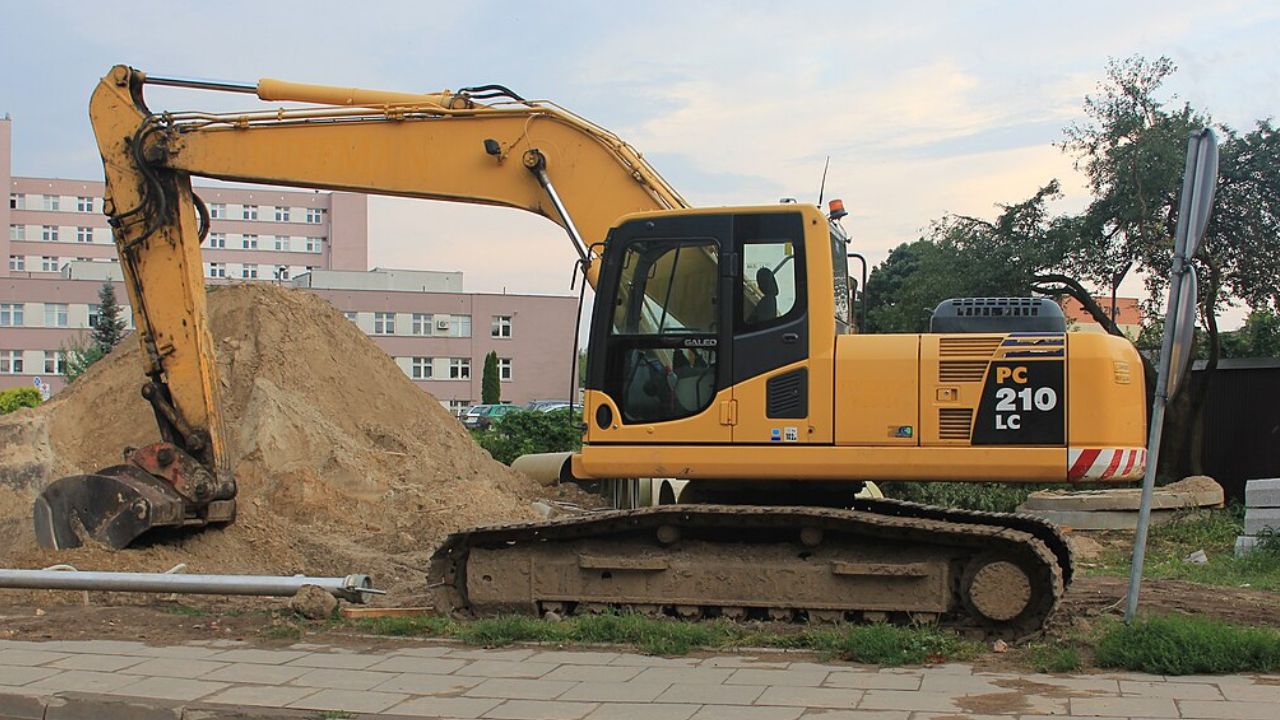
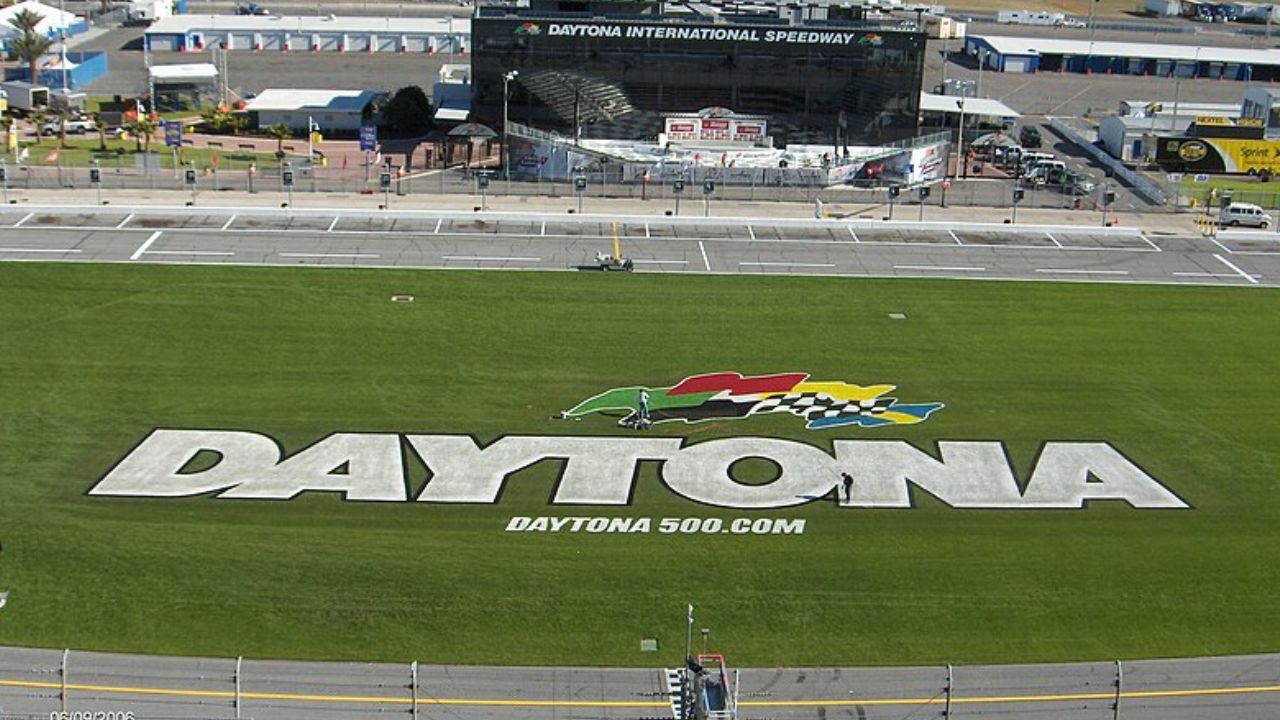
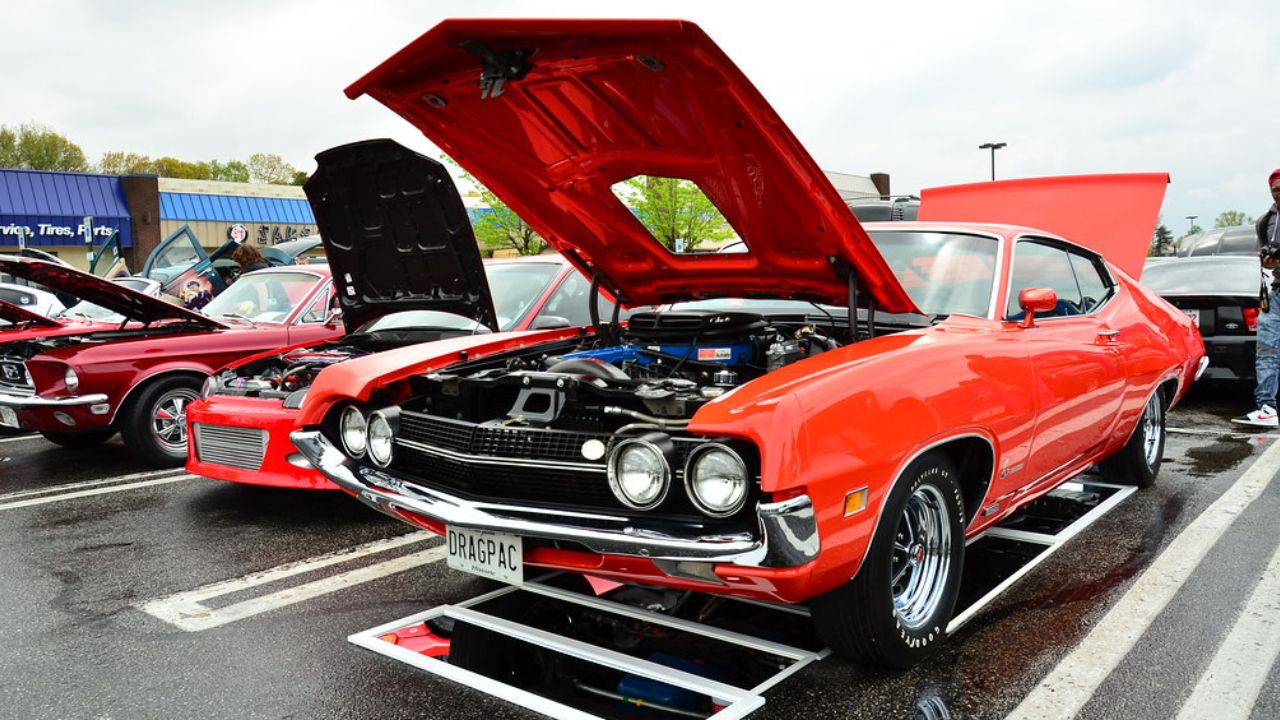


Leave a Reply